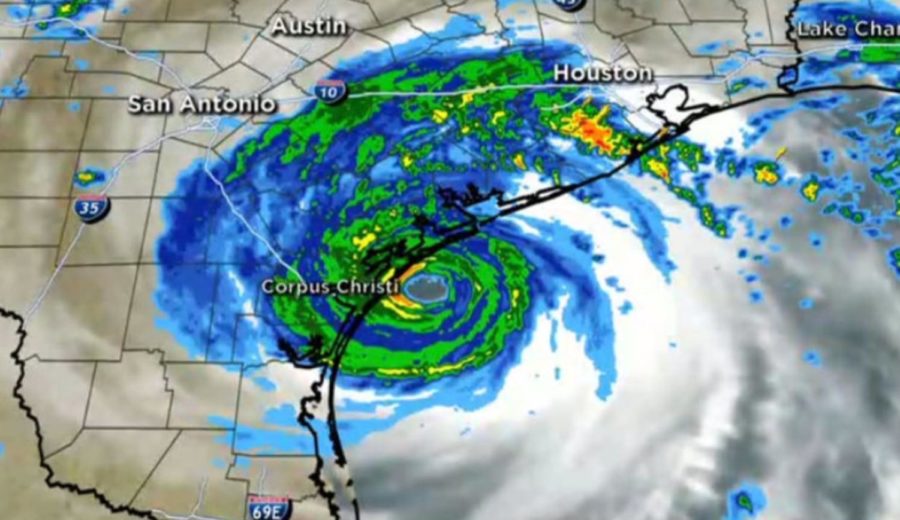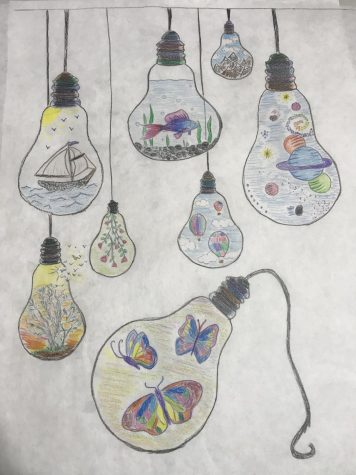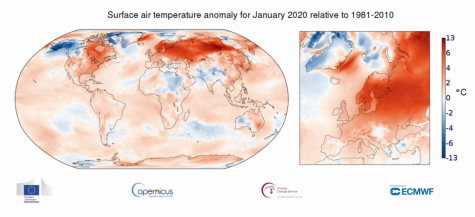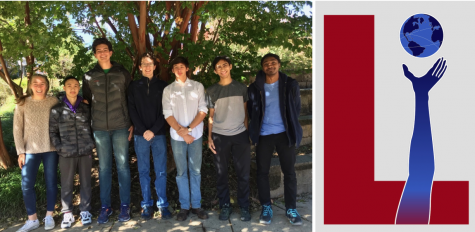The Science Behind Hurricane Harvey
October 23, 2017
With the recent dramatic weather patterns across the globe, many have wondered if the increase in severity is caused by climate change. In the case of Hurricane Harvey’s, it certainly was. The Texas hurricane’s intensity was increased by global climate change and, specifically, a rise in global surface temperature. Adam Keller, an Upper School Physics teacher, shed light on the science behind all of this. Adam explained,
“Hurricanes are formed from intense amounts of heat and water to form warm water. The current where hurricanes form is called the equatorial current and its job is to take warm water and bring it up through the Gulf Stream to the north which redistributes heat to the poles. There is another current, the canary current, a cold current that takes that down Europe and the coast of Africa and back to the current, bringing the cold water back down.
“The way global climate change works is that it disproportionately affects the temperatures of the poles. So, while around the equator the temperature remains the same, the temperature at the poles stays much warmer. As that warm current comes up to bring that warm water and it disperses that warm water into the air, there is less heat being lost to the atmosphere. Therefore, the cold current that comes down the coast doesn’t cool off the water as much and that increases surface temperatures along the ocean.
“With these last three storms, two of them were record in size and that’s because the amount of water the air can hold and the amount of heat and the surface water is increased because there is less cold water coming down those surface currents from the poles.”
Because of increased surface temperatures, water evaporates more quickly from the ocean. An increase in atmospheric heat means two things: one, the hurricane has the capacity to hold more moisture and, two, hurricane can pick up more water vapor. As Hurricane Harvey approached the mainland this past August, it collected more ocean water and dumped it over Texas, causing record-breaking amounts of rainfall. The hurricane came to a stop over the region, which greatly contributed to the overwhelming amounts of water accumulated from rain. In another interview, science teacher Teek Reece provided further explanation of the resulting devastation:
“Part of the reason why the effect is so dramatic is because of other components of other systems like population growth. As the population is growing in Texas, for example, we are paving more roads and building more houses, creating more impermeable surfaces. So, when the system stalled over Texas—and that’s also part of the climate models and the predictions—it was exacerbated because there were so many surfaces that were impermeable. Therefore, you have the sea levels rising along the coast, a warmer gulf, more people and more impermeable surfaces. With all these confounding factors, you get this catastrophic flooding.”
Teek noted in her interview that it is important to understand the context of Harvey. She explained, “You can’t take any one hurricane and say ‘Oh, this is climate change.’ But, when you are looking at a trend, when you are looking at a pattern, when you are looking at a model that is playing out the way it is predicted to, it’s hard not to understand what is happening…
“The thing to remember is that we have always had hurricanes. There have always been tropical storms. There have always been cyclones. There have always been hurricanes. There is a hurricane season and this is part of the sort of rhythm and pattern that scientists have been able to understand. But, what we should all be expecting is an increase in frequency and an increase in intensity of these storms. The storms this summer have been back to back, two at a time. You are not even done with one storm before the other one is brewing, and so that’s the pattern.”
Most people may not really care or actually deeply think about something until it affects them. Hurricanes are just one of the many examples of why people should pay more attention to the environment and how they are negatively affecting it everyday. The extreme intensity of hurricanes Harvey was not just unlucky. Its effects, including extreme rainfall and high winds, were intensified by human-caused climate change.







